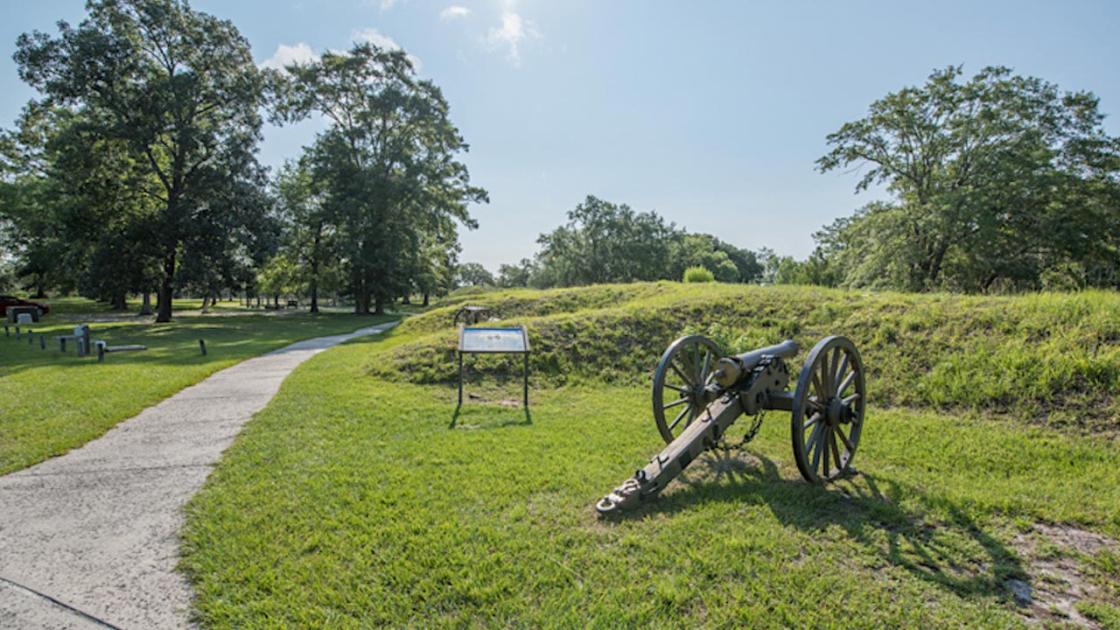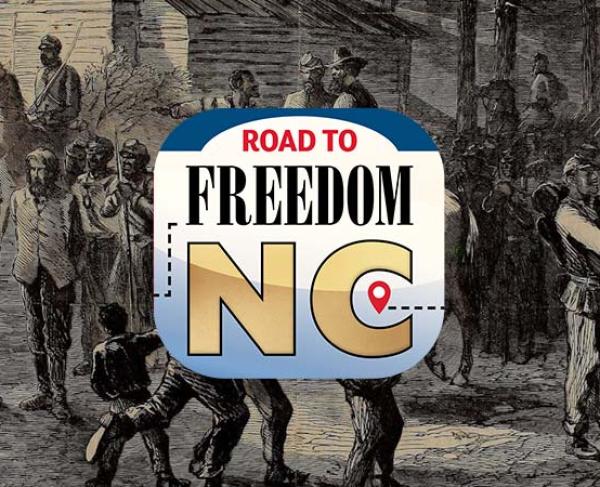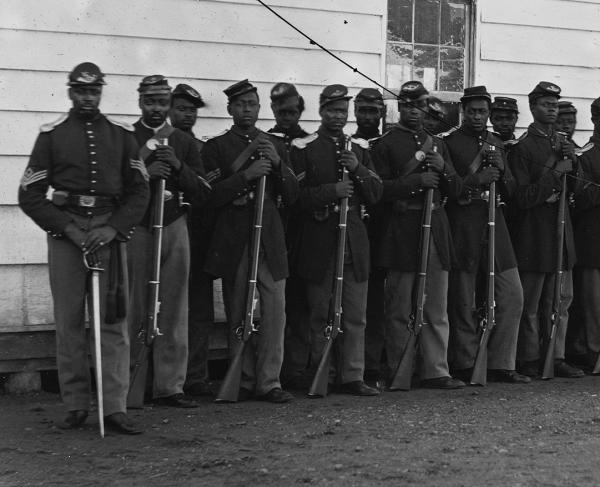Capturing Fort Anderson
North Carolina
8884 St. Phillip’s Rd SE
Winnabow, NC 28479
United States
This heritage site is a part of the American Battlefield Trust's Road to Freedom: North Tour Guide app, which showcases sites integral to the Black experience during the Civil War era. Download the FREE app now.

Intelligence from a local African American and shelling delivered by Black and white sailors from Federal ships helped capture Fort Anderson.
Beginning in March 1862, Confederates forced free and enslaved African Americans to labor alongside white soldiers, constructing the massive Fort Anderson on the Cape Fear River’s west shore. After the fall of Fort Fisher, the Federals began testing this last line of defense against naval forces threatening Wilmington.
The USS Pequot was among sixteen gunboats shelling Fort Anderson. Their attack began while supporting a joint operation against Confederates defending the Sugar Loaf line on the opposite shore (February 11-14, 1865).The assault continued in coordination with the army’s assault on Fort Anderson (February 16-19, 1865). Among the lowest-ranked sailors onboard were John Mackie and William Gass. In September 1862, they had escaped bondage from Wilmington, joining William Gould and five other “contrabands” in a sailboat picked up by the USS Cambridge. On February 17, 1865, a shell from Fort Anderson disrupted their return to Wilmington, sending splinters flying on the Pequot, killing one sailor, and wounding four others.
Meanwhile, onshore, Fort Anderson’s defenses slowed the Federal army. Briefly join a tour of Fort Anderson as Wilmington historian Chris Fonvielle and the American Battlefield Trust’s Chief Historian Garry Adelman tell how a Black guide led the Federals to victory:
The Confederates, outflanked and with their guns largely silenced, abandoned Fort Anderson before dawn on February 19. Three days later, the Federal Army marched into Wilmington. Joining the parade were two brigades of United States Colored Troops, who had fought their way up the peninsula opposite Fort Anderson.
From 1865 until at least 1867, the Freedmen’s Bureau ran a refugee camp at Fort Anderson, sheltering no less than 3,400 freed people at its peak population in the spring of 1865.
Know Before You Go
More than ninety percent of Fort Anderson remains intact for visitors to experience at the Brunswick Town/Fort Anderson State Historic Site.

